10 Steps to Reduce Stress and Improve Outcomes After Filing for Divorce

January is the start of a new year, and sometimes the start of one’s divorce process. There’s nothing wrong with filing for a divorce at the beginning of a new year, just as long as you know what you’re getting yourself into.
If you’re waiting to file for divorce, or even to tell your spouse that the marriage is over, there are many things to consider. And sometimes, it is hard to know where to start. Follow these 10 steps to make that first discussion with your current partner as productive as possible.
Here are 10 Important Steps to Consider When Filing for
Divorce
Safety
Am I safe, and are my children safe? If you are worried about this at all, visit www.thehotline.org or call 1-800-799-SAFE (7233). WomensLaw.org offers resources by state and local area. Also, confide in a family law attorney to see what some of your options look like when trying to leave an abusive spouse.
Get Educated
What are the divorce laws where I live? Research the basics so you can choose the option that’s best for you within the legal parameters of your state.
Make a Plan
If you haven’t shared your plans with your spouse or children, choose your timing so they can process the information. Remember, you’ve been thinking about this but they may be totally caught off guard. Respect that they likely need to think about their response. You may need to schedule a time for a subsequent conversation once the shock has worn off. If you and your spouse are sharing the announcement with children, agree on timing and messages (see tip four).
Think About Your Key Messages and Write Them Down
What are you saying to family, children, friends, and co-workers? Hopefully, you and your ex could even work on this together so your messages are consistent. Lead by example. Start the process with kind words for the other. “He/she is a good person and parent. We’re sad but committed to taking the high road and putting our children first. We want our family members to treat the situation this way as well.” For more on this, I offer a free guide to clear, effective communication and message development
Assess Your Financial Situation, and Ensure You have Access to the Information You Need
To the extent possible, make a list of your accounts and passwords, where to find insurance policies, retirement information, trusts, etc. Information is power! Gather everything you can to educate yourself. If you don’t have access to your financial documents this could be an important area for an outside expert such as a Certified Divorce Financial Analyst.
Ask yourself the following: what does financial security look like for me? This is very personal and important. Maybe you’re in a big house but want to downsize. Maybe staying where you are is your top priority. Do your best to realistically assess what you want and need.
Support System?
Assess your support system and see whether you need to expand it. (Hint, the answer is almost certainly yes.) Asking for, and accepting help, can be one of the most challenging, and one of the most important parts of getting through a divorce. Make a list of what would be helpful and who you can ask. Include things like picking up kids, going on a walk with you, or bringing over dinner.
Make a note of your priorities (spending dedicated time with the kids, or being focused at work) and use your asks to accomplish those priorities. One cautionary note: be careful about soliciting too many opinions about your situation. You know what’s best for you and your family. If you need clarity around decisions and prioritizing the flood of information, consider engaging an unbiased professional, such as a coach, lawyer, or mediator.
Evaluate Your Strengths and How They Can Help You During This Time
It’s a brutal irony that when the stakes are high and we need to be at our best, we’re often at our emotional worst. An honest and thoughtful inventory of strengths and weaknesses can help you prepare. Are you incredibly organized? Patient? Reactive, hesitant to advocate for yourself? For example, if you know you’re angry and triggered by texts from your ex, create a library of three to five responses and a plan to minimize engagement. “I disagree with that characterization…I’ll have the kids ready at 5.”
How Can You Be Your Best Self During this Challenging Time
Ask yourself what you want to see when you look back on this time and think about what it will take to get there. Do your best, and be honest about any story you might be telling yourself. Am I painting myself as a victim? The aggressor? Does my partner “deserve” whatever is coming? Do I? How can you change the perspective on the story so you are leading with your best self
What is Your Personal Mission Statement?
A divorce is a life-changing event that can have a negative impact but can also jumpstart a healthy and positive transformation. Creating a personal mission statement will provide clarity, direction, and purpose in all aspects of your life, and will also have the added benefit of helping you to establish and clarify important boundaries. One of my favorite templates can be found here.
Ask yourself the following questions at every decision point: What is my true intention? Is this decision based on love?
The divorce process is full of opportunities to second guess, lash out and react.
Giving yourself the gift of thoughtful decision-making based on love and positive intention will not only help you operate from a place of strength and resilience, but it is likely that it will also ripple to those around you, improving the experience for everyone involved.
